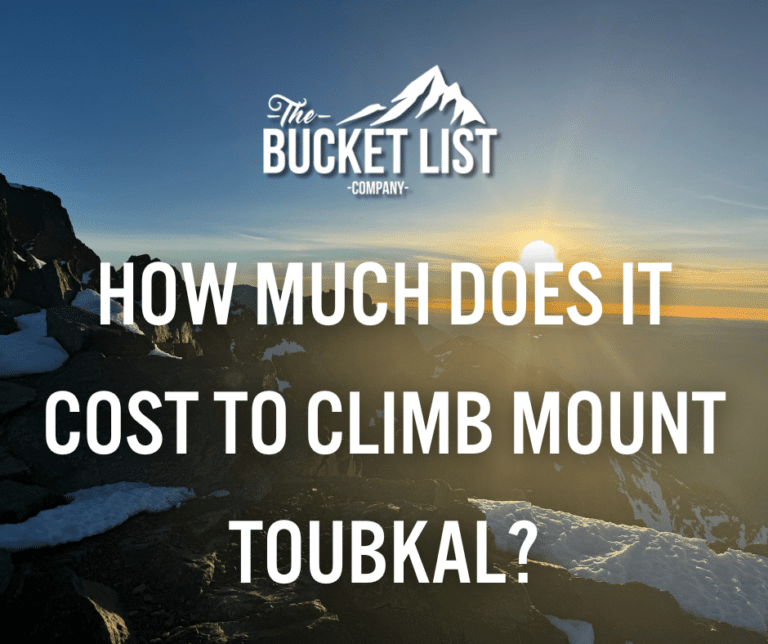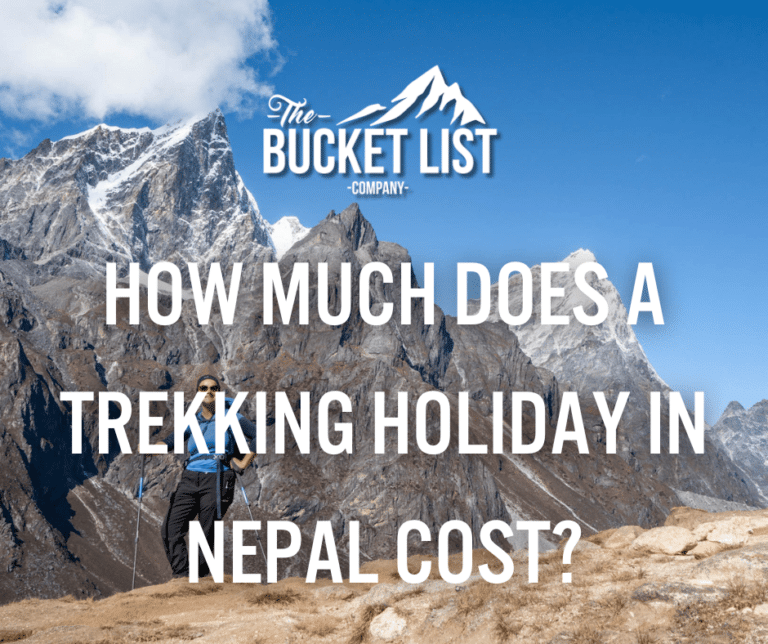How hard. How high. The history.
What are the Seven Summits? The Seven Summits are the highest mountains of each of the seven continents. Climbing to the summit of all of seven is an amazing mountaineering achievement. Which was first achieved on 30 April 1985 by Richard Bass.
Below we’re going to take a look at all seven. How high, how hard and the history of them all.
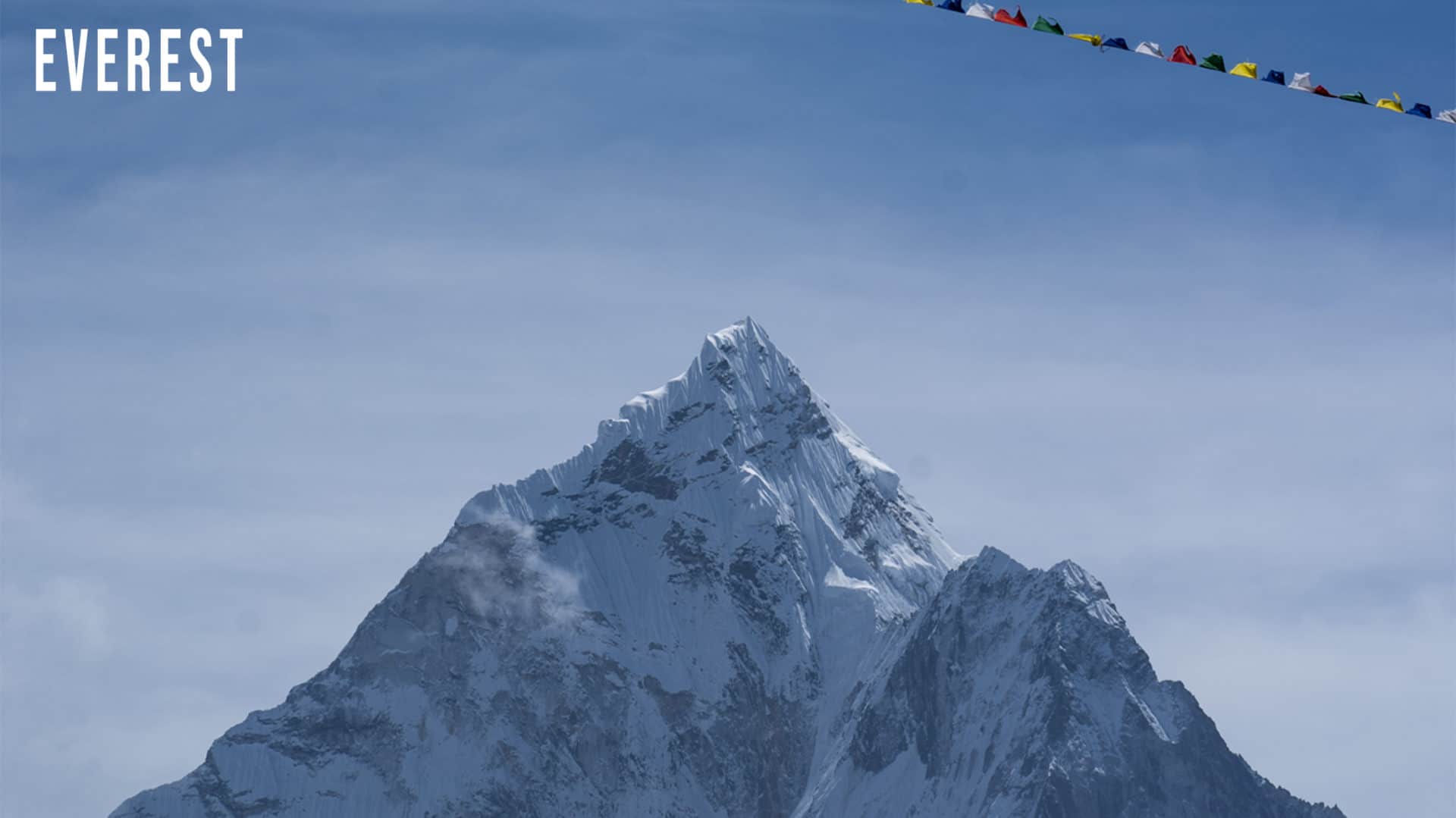
1. Everest – 8848m
Everest. The big daddy. There’s not too much I can write here that our regular readers don’t already know. Standing at 8848m high, Everest is the highest mountain above sea level in the world. Located in the Himalayas on the China-Nepal border Everest was first summited by Edmund Hillary and Tenzing Norgay.
In 1953, a ninth British expedition, led by John Hunt, returned to Nepal. Hunt selected two climbing pairs to attempt to reach the summit. The first pair, Tom Bourdillon and Charles Evans came within 100m of the summit but turned back after running into oxygen problems. Two days later, the expedition made its second assault on the summit with the second climbing pair. This time New Zealander Edmund Hillary and Tenzing Norgay, a Nepali Sherpa climber. They reached the summit at 11:30 local time on 29 May. At the time, both acknowledged it as a team effort by the whole expedition, but Tenzing revealed a few years later that Hillary had put his foot on the summit first. At the summit, they took photographs and buried a few sweets and a small cross in the snow before descending.
In 2020 during the COVID-19 Pandemic, Nepal and China prohibited foreign climbing groups during the climbing season. 2020 was the third year in this decade (2014 and 2015) which saw no summits from the Nepal (South) Side.
At almost 9000m there’s not much oxygen, it’s very cold and the winds can be real killers. These factors are more of a threat to the climbers than the technical difficulty of the peak. Everest may not be one of the more difficult peaks over 8000m, but don’t think it’s an easy climb. The hardest of the seven summits.
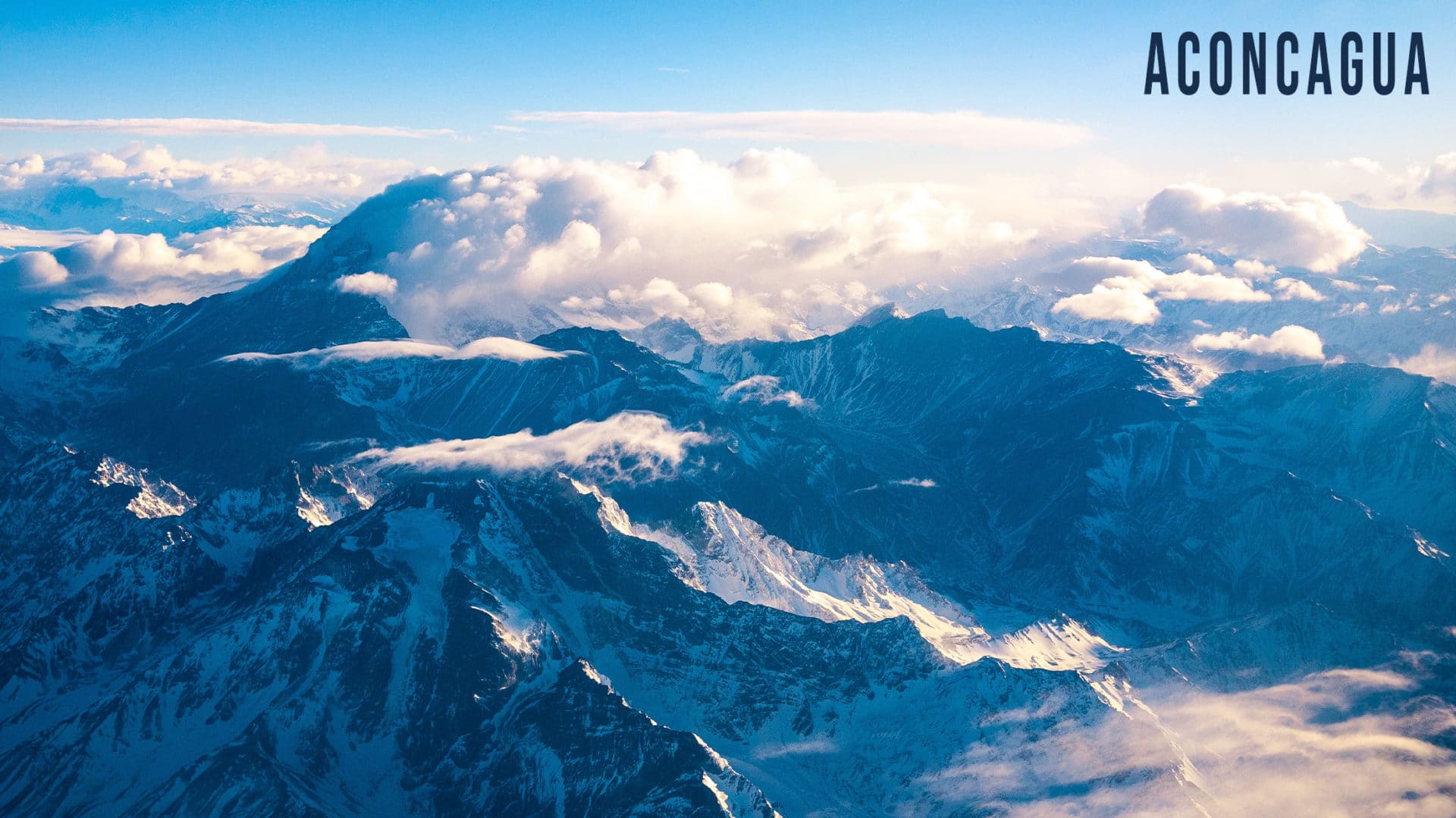
2. Aconcagua – 6962m
Arguably one of the technically easier treks of the Seven Summits. Aconcagua is a great place to start if you’re either new to this level of mountaineering or a bit rusty! However, it is still a seven-summit climb. The altitude, cold weather, and the risks of elevation are not to be underestimated and are common causes for people not making it to the top!
At 6,962m tall Aconcagua is the second highest Seven Summit mountain and the highest in South America. However, it doesn’t even make the top 20 when it comes to the tallest mountains in the world!
The first recorded ascent was in 1897 by a European expedition led by the British mountaineer Edward FitzGerald. FitzGerald failed to reach the summit himself over eight attempts between December 1896 and February 1897. But on 14 January, Matthias Zurbriggen from his exhibition reached the summit. And On the final attempt a month later, two other expedition members, Stuart Vines and Nicola Lanti, reached the summit on 13 February.
A walk up in terms of technical difficulty. Long slopes of gravel and scree take you to the summit on the normal route. Frequent storms dump lots of snow on the peak and the walk-on scree can overnight change to one of snow and crampons. Don’t forget about Aconcagua’s altitude of almost 7000m. Many climbers fail to reach the summit because they don’t spend enough time on proper acclimatization.
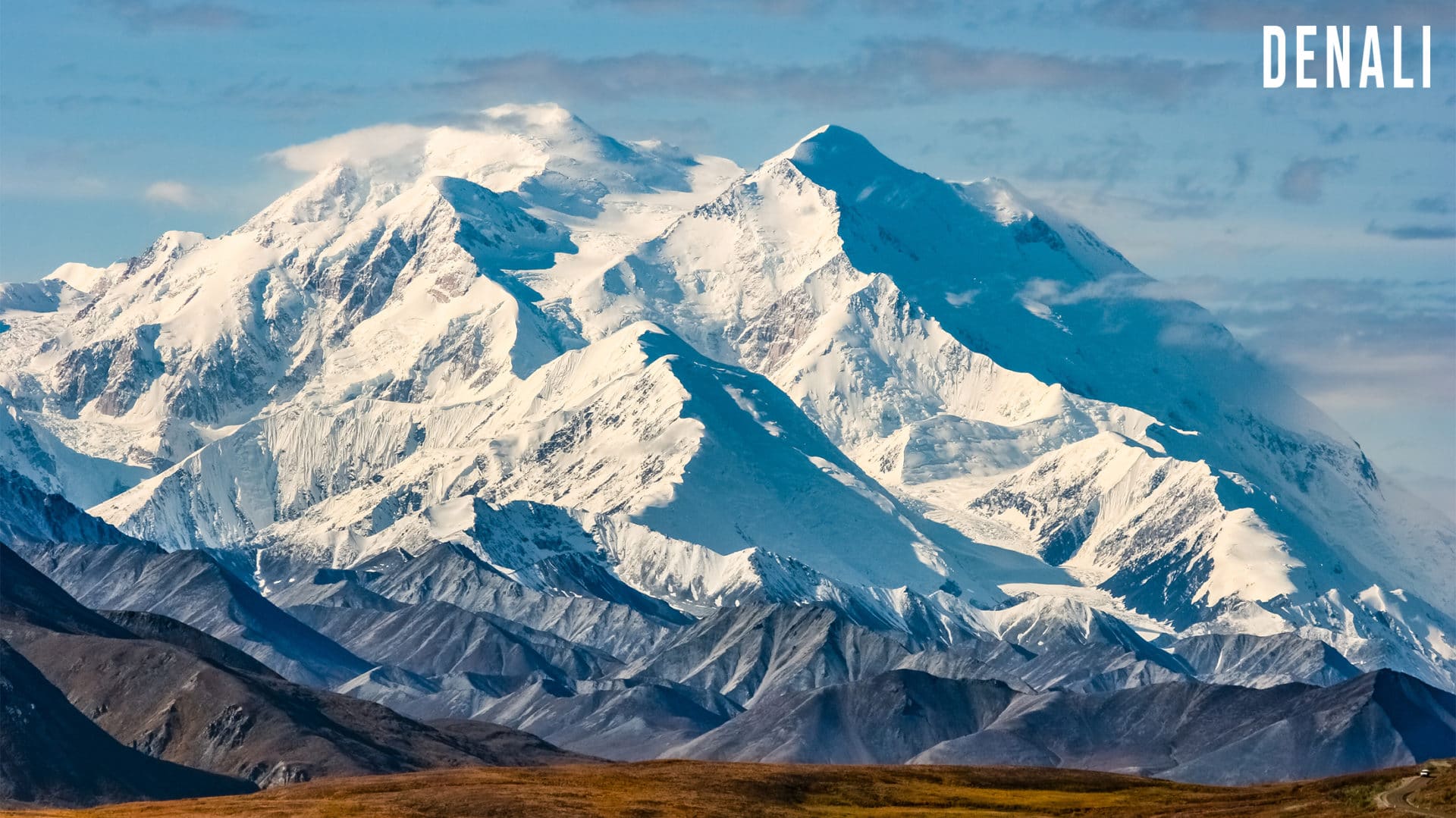
3. Denali – 6194m
From the South to the North, next, we visit Denali. Just like Lady Gaga Denali was originally called something else (Mount McKinley). But unlike Lady Gaga, the old name was in honour of the 1896 presidential candidate William McKinley. Denali was actually called Denali by the Koyukon people who inhabited the area for centuries, but it wasn’t recognised as its official name by the US Government until August 2015.
The first ascent of the main summit of Denali came on June 7, 1913, by a party led by Hudson Stuck and Harry Karstens, along with Walter Harper and Robert Tatum. The team approached the peak from the north via the Muldrow glacier and McGonagall pass. While ferrying loads up to a camp at around 10,800 ft, they suffered a setback when a stray match accidentally set fire to some supplies, including several tents. On June 7, the team made the summit attempt. Temperatures were below -20 F at times. By midday, Harper became the first climber to reach the summit, followed seconds later by Tatum and Karstens. Stuck arrived last, falling unconscious on the summit.
The peak’s location far up north makes it one of the colder climbs you can find. The winds and weather in this area has to be taken with extreme care and the gear has to be top notch. The route is not technical, but climbers have to be skilled in snow and ice climbing and be used to exposed traverses. Seracc falls and avalanches as well as crevasses makes an attempt of Denali a project for those with mountaineering experience only.
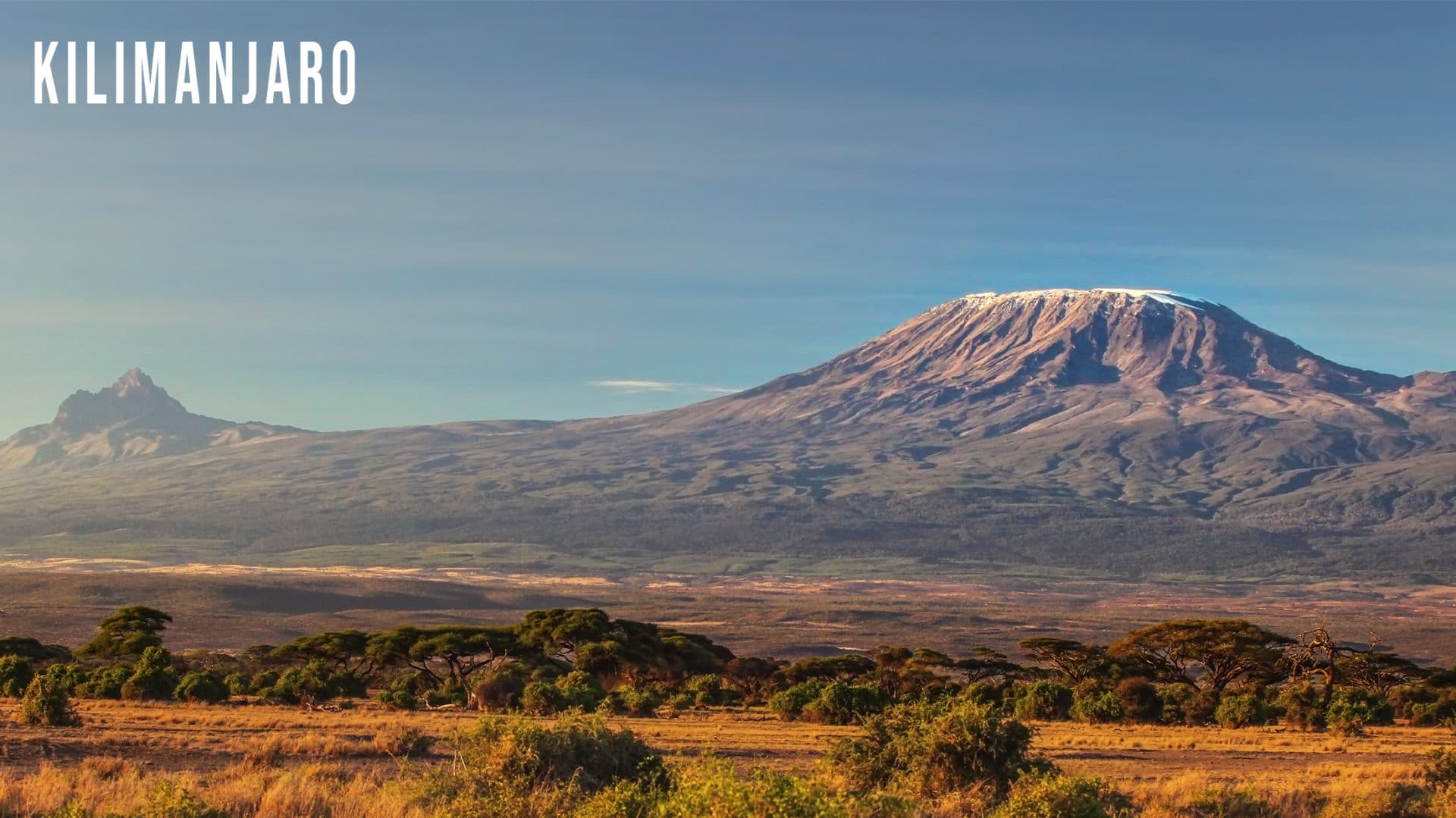
4. Kilimanjaro – 5895m
One of the best known and most climbed mountains on this list, Kilimanjaro stands at over 5,895m tall, making it the highest single free-standing mountain in the world.
Kilimanjaro is known to be one of the easier of the Summits (not including Kosciuszko). It’s a very straightforward walk to the top, without any technical difficulties whatsoever. Its location on the plains of Tanzania, quite close to the equator, makes it a warm mountain. There are some glaciers close to the summit and on some of the slopes, but the normal route is usually completely free of snow and ice.
Mount Kilimanjaro was first climbed in 1889 by a German geologist Hans Meyer, an Austrian climber Ludwig Purtscheller and a local guide Yohani Kinyala Lauwo. On Meyer’s first attempt in 1887, he made it to the base of Kibo but had to turn around there as he encountered thick snow and ice walls and did not have equipment for heavy snow and ice.
He made a second attempt in 1888 that was also unsuccessful. But it was not due to the mountain itself, but because Meyer was captured and held as a prisoner by locals as part of the Abushiri Revolt, when the Arab and Swahili population rebelled against German traders. He was freed after a ransom was paid.
Meyer finally succeeded in 1889. His support team included a guide, two local tribe leaders, nine porters, and a cook. They reached the summit on the southern rim of the crater. The Marangu route closely follows Meyer’s ground-breaking path up and down Kilimanjaro.
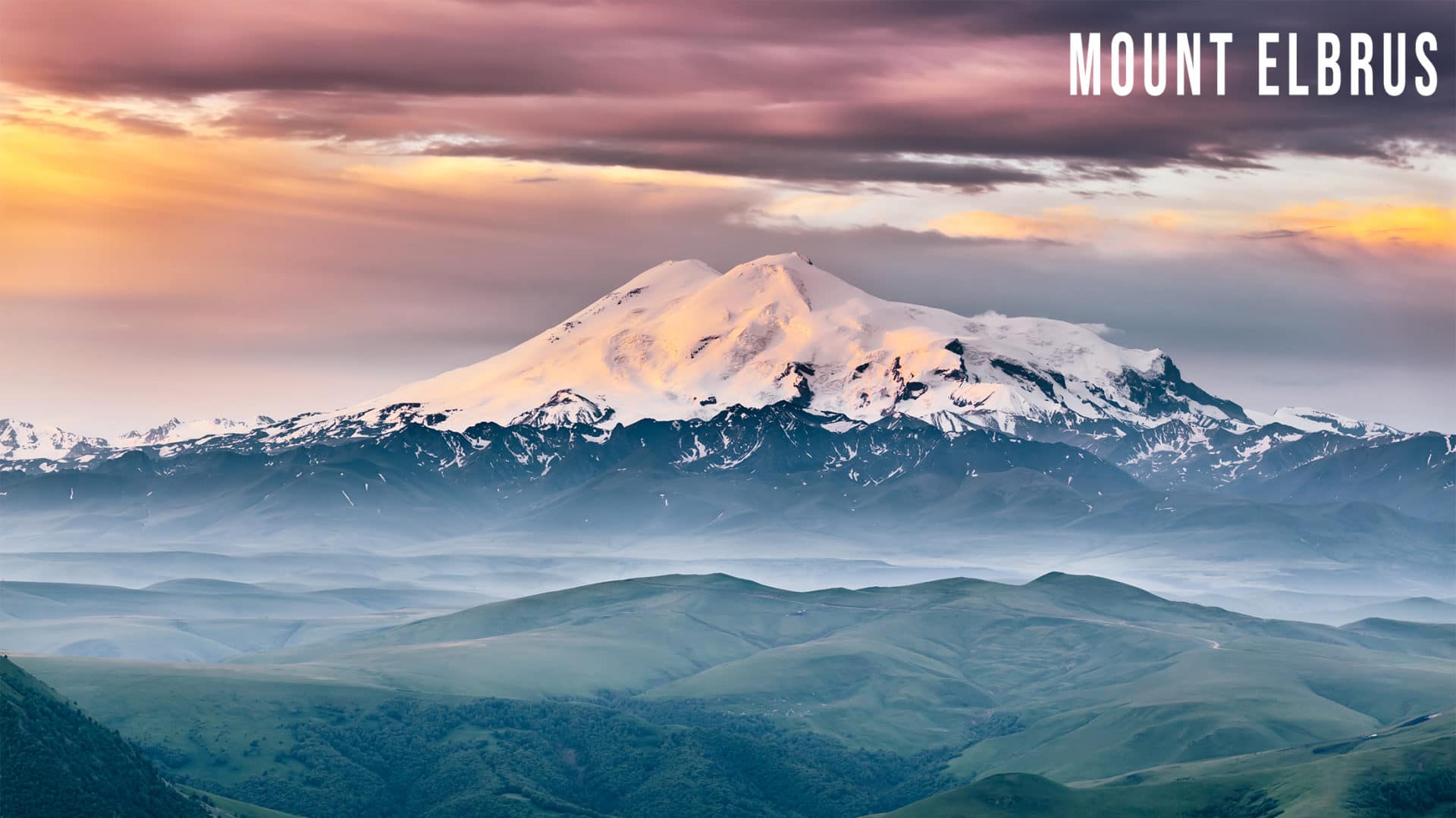
5. Mount Elbrus – 5642m
Mount Elbrus, the Russian-grown mountain, is representing Europe! Standing at 5642m high this dormant volcano is the tenth most prominent peak in the world!
Florence Crauford Grove (12 March 1838 – 17 August 1902) was an English mountaineer who led the first expedition to ascend the higher summit of Mount Elbrus in 1874. During the Second World War, a Nazi Swastika was placed on the summit of Mount Elbrus on 21 August 1942. When news reached Adolf Hitler that a detachment of mountaineers was sent by the general officer commanding the German division to climb to the summit of Elbrus and plant the swastika flag at its top, he reportedly flew into a rage, called the achievement a “stunt” and threatened to court-martial the general.
Elbrus is a straightforward climb on snow and ice. There are no technical sections, and you can walk to the summit without any mountaineering skills. Unfortunately, many climbers underestimate the weather conditions on the peak and Elbrus is claiming lives almost every year. Elbrus is known to be one of the easiest of the seven.
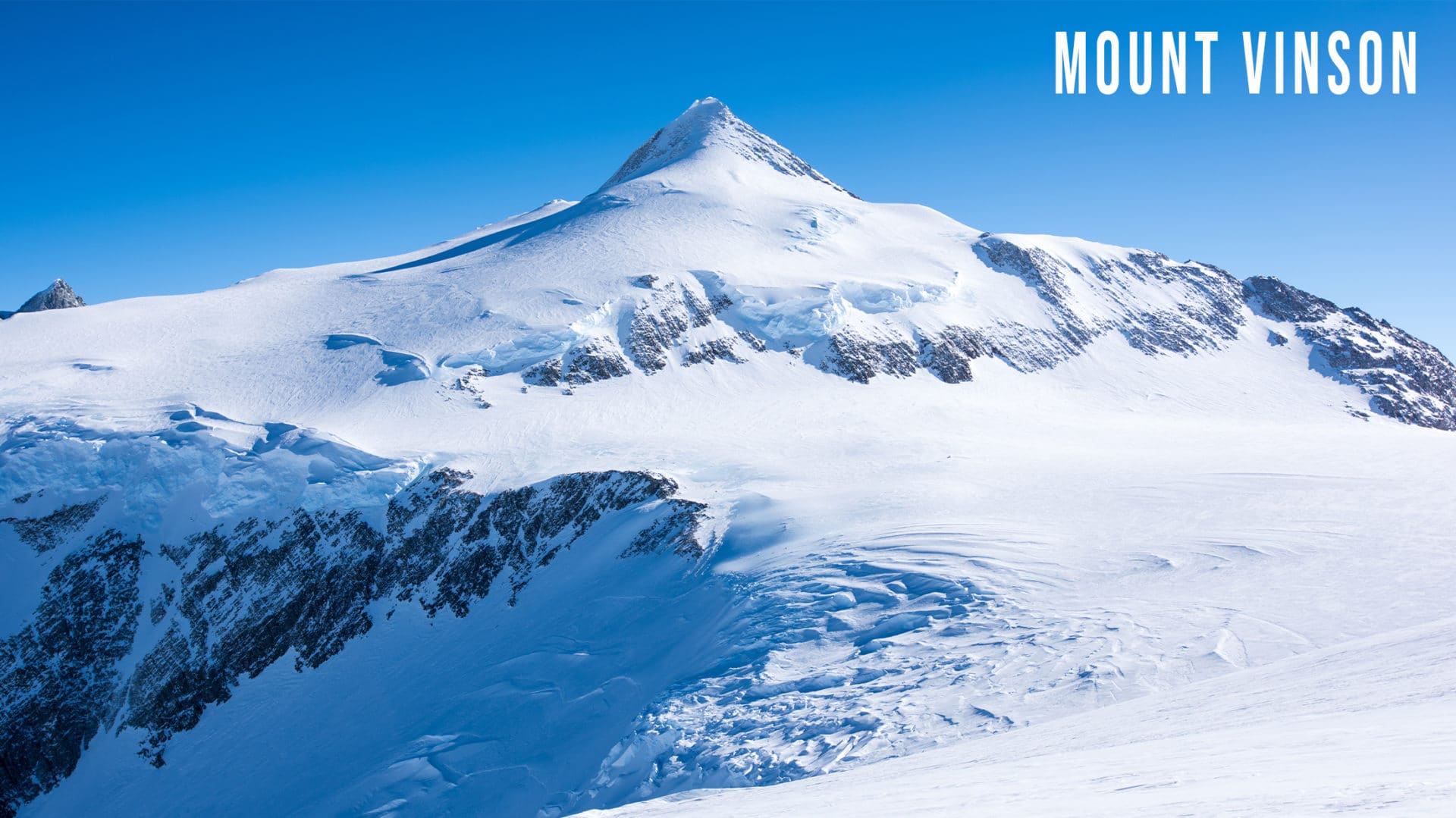
6. Mount Vinson – 4892m
Located in Antarctica, Mount Vinson stands at 4,892m tall. It was long suspected to be in this part of West Antarctica, but it was not actually seen until January 1958, when it was spotted by US Navy aircraft from Byrd Station. It was named after Carl Vinson, United States Representative from Georgia who was a key supporter of funding for Antarctic research.
The first ascent didn’t take place until 1966 by a team of American explorers led by Nicholas Clinch. They were transported by the Navy to the expedition with their supplies from Christchurch, New Zealand to the U.S. base at McMurdo Sound, Antarctica. All members of the expedition reached the summit of Mount Vinson.The first group of four climbers summited on December 18, 1966, four more on December 19, and the last three on December 20.
A cold peak. Period. Ice cold winds and low temperatures are two aspects that make Vinson a tough target. There’s a small risk for avalanches en route. The climb itself is non-technical, but as it’s solely on snow and ice, winter climbing skills are a great advantage.
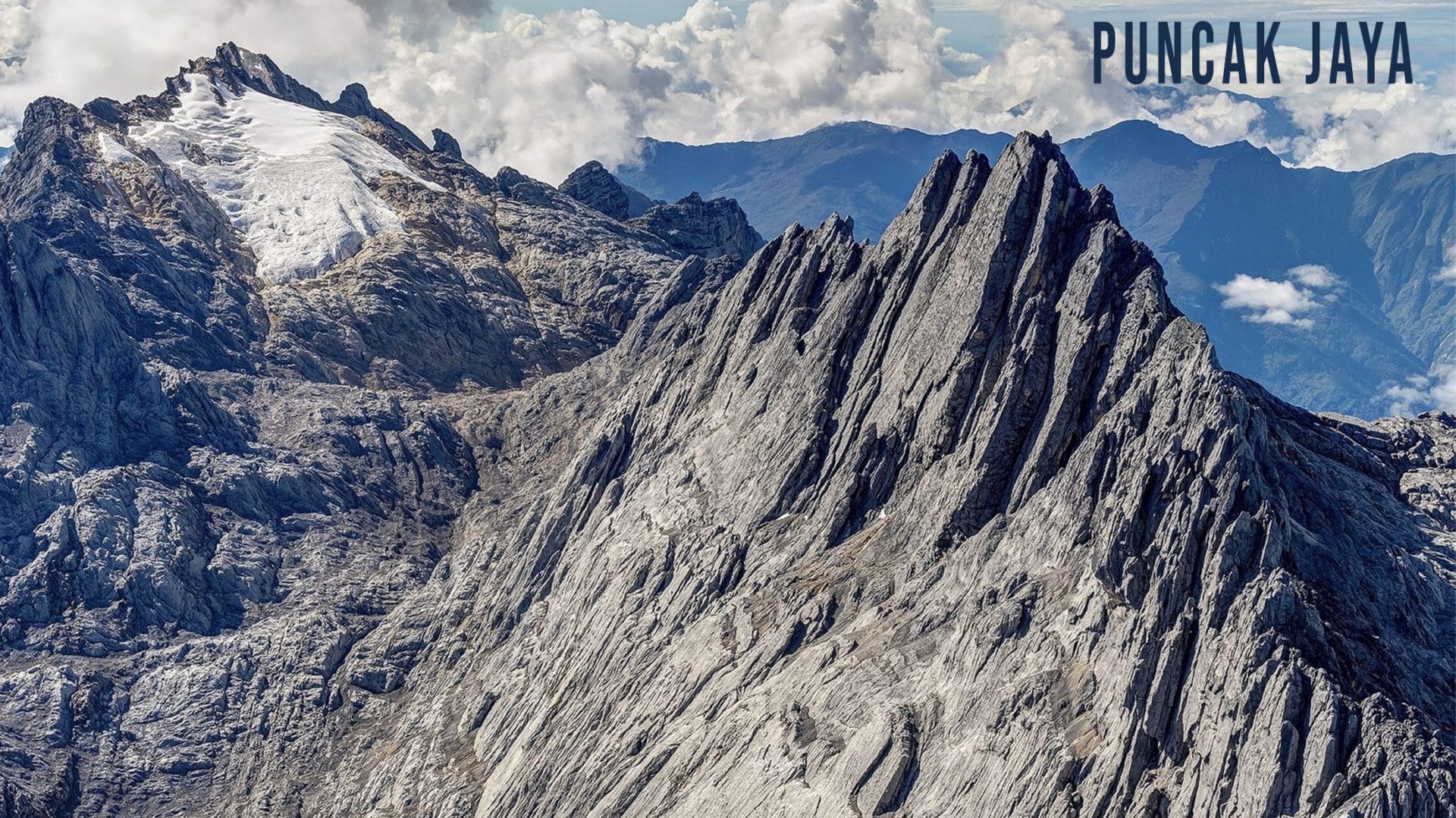
7. Puncak Jaya – 4884m
We’re pretty sure if Puncak stood on its tippy-toes it would overtake Mount Vinson, but since that’s impossible for a mountain, it comes in just 8m under its rival. Puncak Jaya is one of two mountains that can often be found on this list to represent Australia’s continent. The highest mountain on the Australian mainland is Mount Kosciuszko, 2,228 metres. However, the highest mountain in the Australian continent which includes Australia and New Guinea is Puncak Jaya, 4,884 m above sea level and since this is a list of each continent’s tallest mountains, we will only be including Puncak Jaya.
In 1936, the Dutch Carstensz Expedition, unable to establish definitively which of the three summits was the highest, attempted to climb each. Anton Colijn, Jean Jacques Dozy and Frits Wissel reached both the glacier-covered East Carstensz and Ngga Pulu summits on December 5th, but, due to bad weather, failed in their attempts to climb the bare Carstensz Pyramid. The now-highest Carstensz Pyramid summit was not climbed until 1962, by an expedition led by the Austrian mountaineer Heinrich Harrer.
The rock peak in the middle of the steaming rain forest of Indonesia is considered to be the most technical of the mountains on the list. It has some steep rock climbing sections and an airy summit ridge traverse, which includes some rappelling. The peak is plagued by bad weather, and zero visibility is common on the higher reaches.
Well there you go, everything you need to know about the 7 Summits of the World, and here at The Bucket List Company, we offer you the chance to tick 4 of these amazing Summits off your Bucket List! You can find them and all the other amazing destinations we offer here.

 Basket
Basket